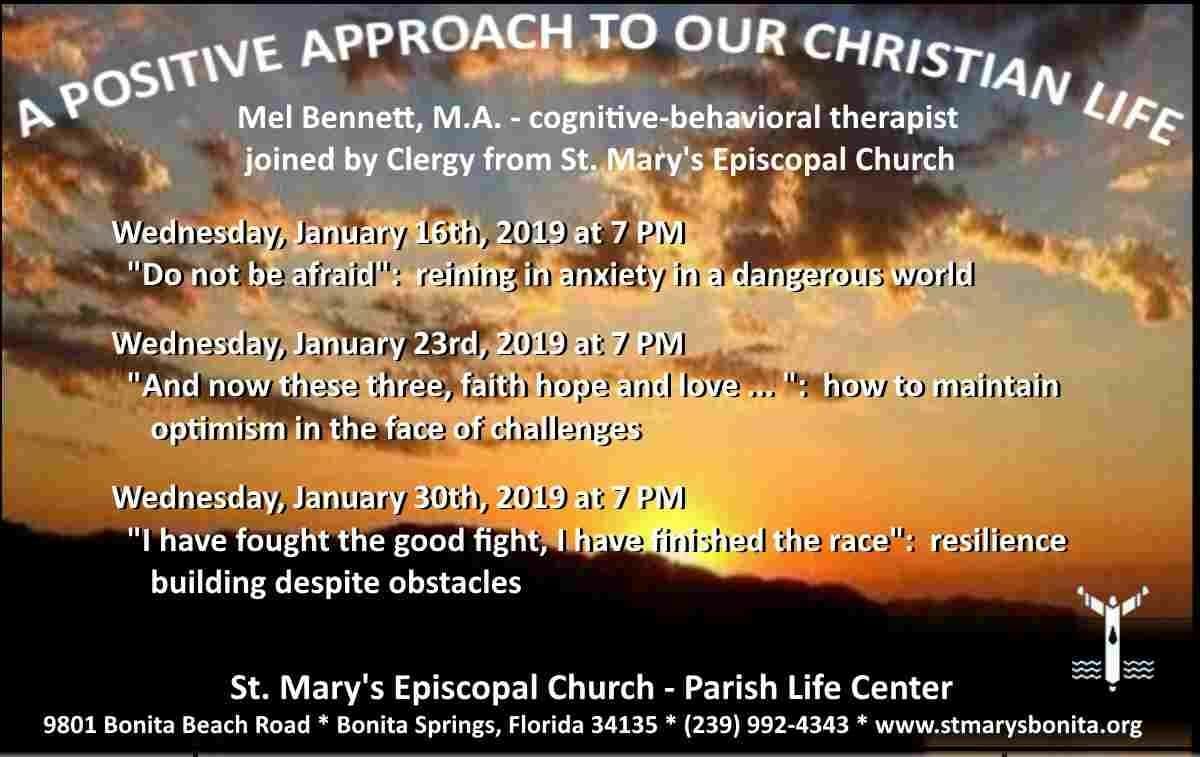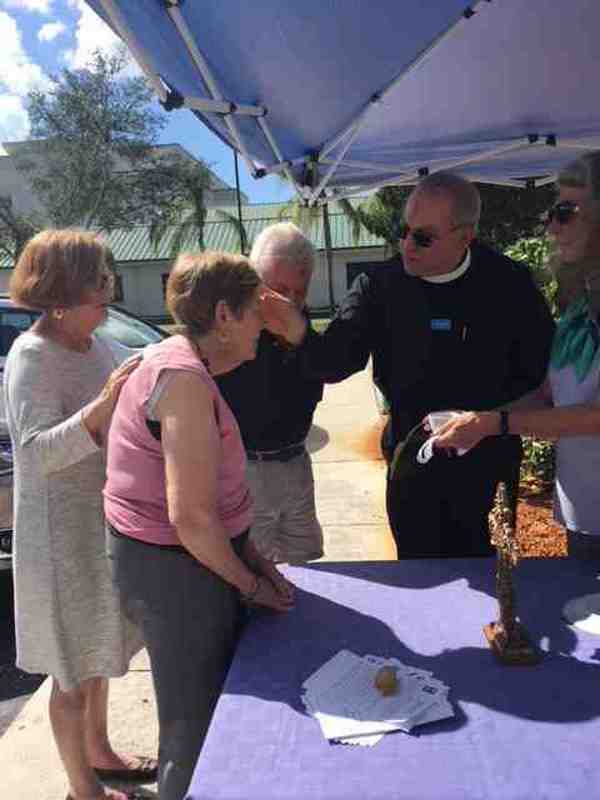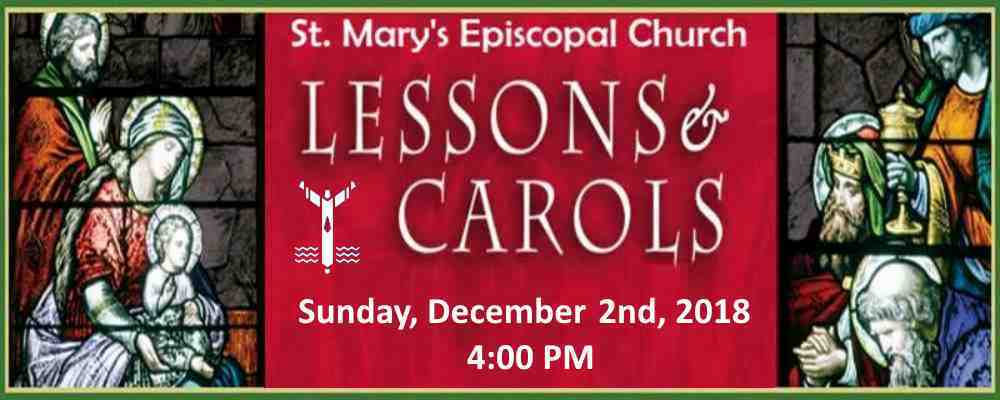The Agnus Dei, from the Latin, the Lamb of God, became part of the Roman Liturgy of the Eucharist officially late in the seventh century; though references to the Lamb of God are found in several earlier liturgies. Jesus as the Lamb of God enters the New Testament very early in the Gospel according to St. John (Chapter 1: 36): “Here is the Lamb of God who takes away the sin of the world!”; and it is exclaimed by St. John the Baptist to two of his disciples when he sees Jesus passing by (Chapter 1:29). In fact the expression “the Lamb of God” occurs over 30 times in Holy Scripture; particularly in the Book of Revelation. But it is also an iconoclastic image through out the Old Testament, beginning with Exodus and the Passover; continuing through the prophets Jeremiah and Isaiah. Additionally, sacrifice for sin offerings, specifically those of the people of Israel, using lambs twice a day, was integral part of Temple worship in Jerusalem. In other words, there is no more meaningful symbol of sacrificial atonement in all of Judaism than the lamb; and consequently our faith as well.
This declaration, Jesus as the Lamb of God, is central to St. John’s Christology (the study of the person and work of Jesus Christ) throughout his narrative account of Christ’s life, ministry, culminating in the mighty “acts” of his death and resurrection, our Paschal Mystery, for the atonement for our sins; and as mentioned, extensively in St. John’s Book of Revelation. Indeed, both the symbolic and theological aspects of the Lamb of God, the Agnus Dei, are so central to our faith that the Agnus Dei is sung by the choir and the congregation (or said) at perhaps the most dramatic moment in the Eucharist, the fraction, with the celebrant then elevating the chalice and host, and saying from Revelation 19:9: “Blessed are those who are invited to the wedding supper of the Lamb.” But as we come forward to be fed at our communion it is important to remember this imagery evokes victory, not defeat or loss. In the Book of Revelation the Lamb of God is enthroned in Heaven, surrounded by angels, “living creatures”, elders, who cry out: “Worthy is the Lamb that was slaughtered to receive power and wealth and wisdom and might and honor and glory and blessing.”
Why is this so important and meaningful. Liturgically speaking, is it part of our worship? One might also ask: “Where to begin?” Perhaps we should let St. Peter answer: “You know that you were ransomed from the futile ways inherited from your ancestors, not with perishable things like silver or gold, but with the precious blood of Christ, like that of a lamb without defect or blemish. He was destined before the foundation of the world, but was revealed at the end of the ages for your sake.” It is Christ’s sacrificial act on the Cross, atoning for our sins, that saves us. It is this “act” of salvation, as the Creed says, he came down from Heaven to do. The Agnus Dei is how our liturgy expresses and commemorates Christ’s atoning victory. Nothing could be important, more meaningful.







Leave A Comment